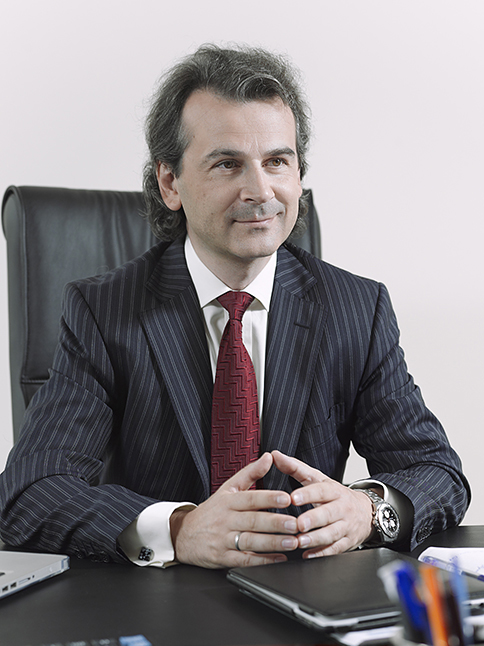
High Potential for New Products
Print
09 October 2014
Anatoly Medetsky, The Moscow Times
NovaMedica is a $760 million joint venture between Rusnano and Domain Associates to develop new drugs in Russia. It's managed by RMI Partners. Anatoly Medetsky spoke to CEO Vladimir Gurdus.
 Why is the production of drugs growing?
Why is the production of drugs growing?
People have come to consume more drugs. Life expectancy is growing and therefore, the number of elderly people who need to support their health is rising, too. Also, there's more attention to disease prevention among customers.
Besides, the pharmaceutical industry is getting a boost from the Pharma-2020 strategy, which calls for substituting imports and setting up local production of innovative foreign products. This gives confidence to business people who are considering building new plants, both the major players and new investors.
The effects are already there to be seen. Last year, Geropharm opened a new production line at its plant in Obolensk, the Moscow region, to produce insulin. ChemRar started making new medicines at its facility in Khimki, the Moscow region. Biocad began manufacturing oncological drugs in St. Petersburg.
How does last year compare with the previous year?
The growth rate of domestic pharmaceutical production in 2013 didn't set a record. The number for 2012 was higher, at 18 per cent. The rate is roughly in line with demand on the market.
What is the likely scenario for the industry's future?
For the purposes of Pharma-2020, we need production growth to outpace the rate of market expansion, so the proportion of locally made drugs will increase.
This requires new production units. We began building a NovaMedica plant in Kaluga last year, and are assembling a portfolio of drugs to produce. We are also creating a research and development center at Russia's innovations center Skolkovo. We are hoping projects like this will grow in number with the passage of time.
What foreign medicines hold the greatest promise for local production?
In shaping its strategy from a clean slate, NovaMedica analyzed the Russian market to identify interesting and unfilled niches that provide a serious unmet demand. Based on that data, I can say the market is more or less saturated in areas like the treatment of endocrinologic diseases, but there are areas where the potential for local production of new products is high, such as ophthalmology, gastroenterology and the treatment of the central nervous system.
All Portfolio
MEDIA CENTER
-
The RMI group has completed sertain projects
The RMI Group has exited from the capital of portfolio companies:
Marinus Pharmaceuticals, Inc.,
Syndax Pharmaceuticals, Inc.,
Atea Pharmaceuticals, Inc.

